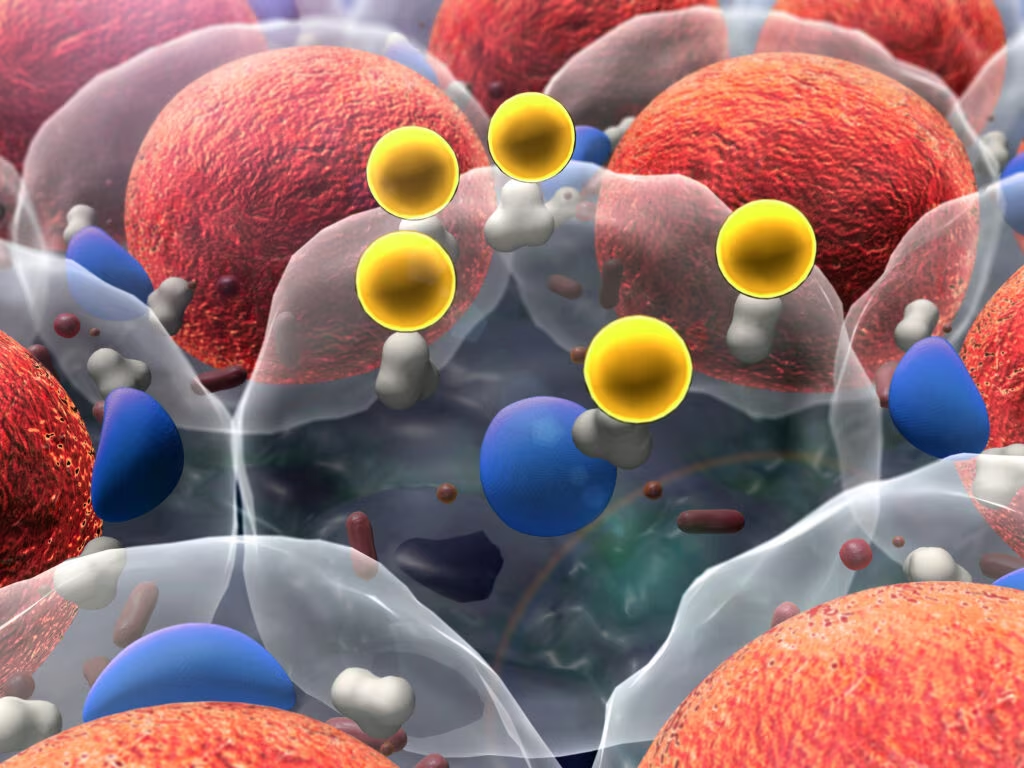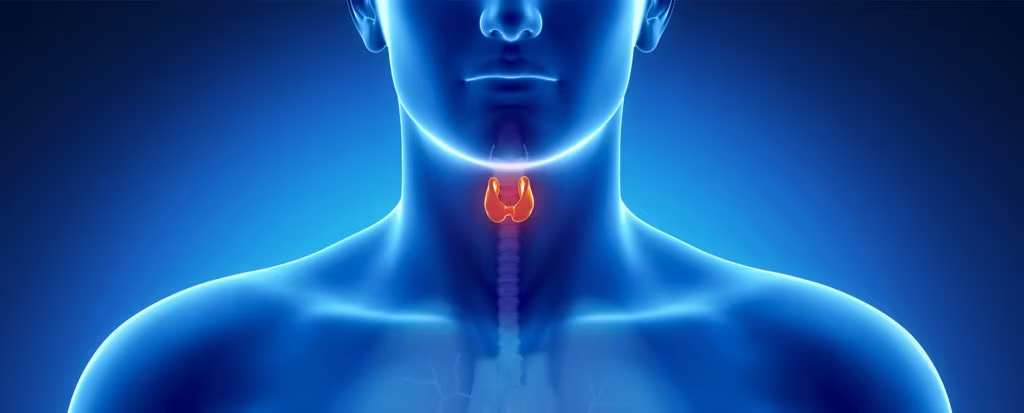Search Results
Showing Results for pheochromocytoma

Dr Svenja Nölting shares how her international experiences and dedicated mentors shaped her career in neuroendocrine oncology, discusses the profound impact of hormones on the body, and highlights the future of precision medicine in tailoring treatments for endocrine disorders.

Hypertension affects up to 40% of the adult population worldwide,1 and according to the World Health Organization’s 2021 estimates, globally 1.28 billion adults between 18 and 79 years are affected.2 Of these, 85% have essential hypertension3 and the remainder have secondary hypertension, which is potentially ...

Thyrotoxicosis refers to the signs and symptoms derived from excess circulating thyroid hormones in the body,1 which must be differentiated from hyperthyroidism, in which there is an increase in the synthesis and secretion of hormones by the thyroid gland.2 Approximately 1% ...

Welcome to the latest issue of the newly-renamed touchREVIEWS in Endocrinology, previously European Endocrinology. The decision to rename and widen the reach of the journal has been taken after a great year for touchENDOCRINOLOGY, and we feel that in an ...

Rare catecholamine-secreting tumours that arise from the adrenal medulla and sympathetic ganglia are referred to as pheochromocytomas (PHEO) and paragangliomas, respectively.1 The annual incidence of PHEO in general population is approximately 2–8 cases per million.2 The age onset is typically the ...

Oncocytomas are epithelial tumours composed of cells with eosinophilic, mitochondria-rich cytoplasm.1 They can occur in various organs, such as the kidneys, thyroid, pituitary gland, salivary glands and parathyroid glands. Rarely, it has been reported in the respiratory and gastrointestinal tracts.2–4 ...

Adrenocortical carcinoma (ACC) is a rare malignancy, and presentation as bilateral adrenal masses and acute adrenal insufficiency is even rarer. Due to the relative commonality of other causes for bilateral adrenal masses, such as metastases or infiltrative diseases, they take ...

Takotsubo cardiomyopathy (TCMP), also known as ‘broken heart syndrome’ or ‘stress cardiomyopathy’, is a well-characterised condition. It presents in the acute phase with clinical, biochemical and electrocardiographic features similar to acute myocardial infarction. However, on performing an angiogram, the patient ...

Welcome to the latest edition of European Endocrinology. The recent outbreak of COVID-19 has impacted on all aspects of our profession, from the cancellation of medical conferences to the risk that COVID-19 imposes on patients with diabetes. Educating our patients ...

Catecholamine-secreting tumours that arise from chromaffin cells of the adrenal medulla and the sympathetic ganglia are respectively referred to as pheochromocytomas and paragangliomas. The term paraganglioma is also used for tumours derived from parasympathetic tissue in the head and neck, ...

The armamentarium of anticancer drugs available to an oncologist has grown rapidly over the past few decades. The use of cancer immunotherapy and targeted therapy has become more popular in the last few years. It has also become increasingly clear ...

Takotsubo cardiomyopathy (TC), frequently referred as stress-induced cardiopathy, apical ballooning syndrome or ‘broken heart’ syndrome, is characterised by left ventricular ballooning and transient systolic dysfunction. The Japanese term ‘takotsubo’ means a trap to catch an octopus, and its shape resembles ...

Welcome to the spring edition of EU Endocrinology, which features a diverse range of articles covering multiple topics in endocrinology. This issue begins with an article by Sandow et al. that provides an overview of bioequivalence studies of recombinant human ...

Primary hyperparathyroidism (PHPT) and cancer-related hypercalcaemia are the most common causes of hypercalcaemia and PHPT is the most common cause of hypercalcaemia in outpatients. An autonomous overproduction of parathyroid hormone (PTH) leading to hypercalcaemia, which is not downregulated by the ...

Growth hormone deficiency (GHD) in adults is characterized by alterations in body composition, carbohydrate and lipid metabolism, bone mineral density, cardiovascular risk profile, and quality of life.1 Treatment with GH replacement has been shown to improve many, but not all, ...

Thyroid nodules are a common clinical problem and with the growing use of diagnostic imaging, the number of thyroid nodules identified and undergoing further diagnostic evaluation by fine-needle aspiration biopsy (FNA) is steadily growing. Only 5 % of all thyroid nodules harbour ...
Latest articles videos and clinical updates - straight to your inbox
Log into your Touch Account
Earn and track your CME credits on the go, save articles for later, and follow the latest congress coverage.
Register now for FREE Access
Register for free to hear about the latest expert-led education, peer-reviewed articles, conference highlights, and innovative CME activities.
Sign up with an Email
Or use a Social Account.
This Functionality is for
Members Only
Explore the latest in medical education and stay current in your field. Create a free account to track your learning.


